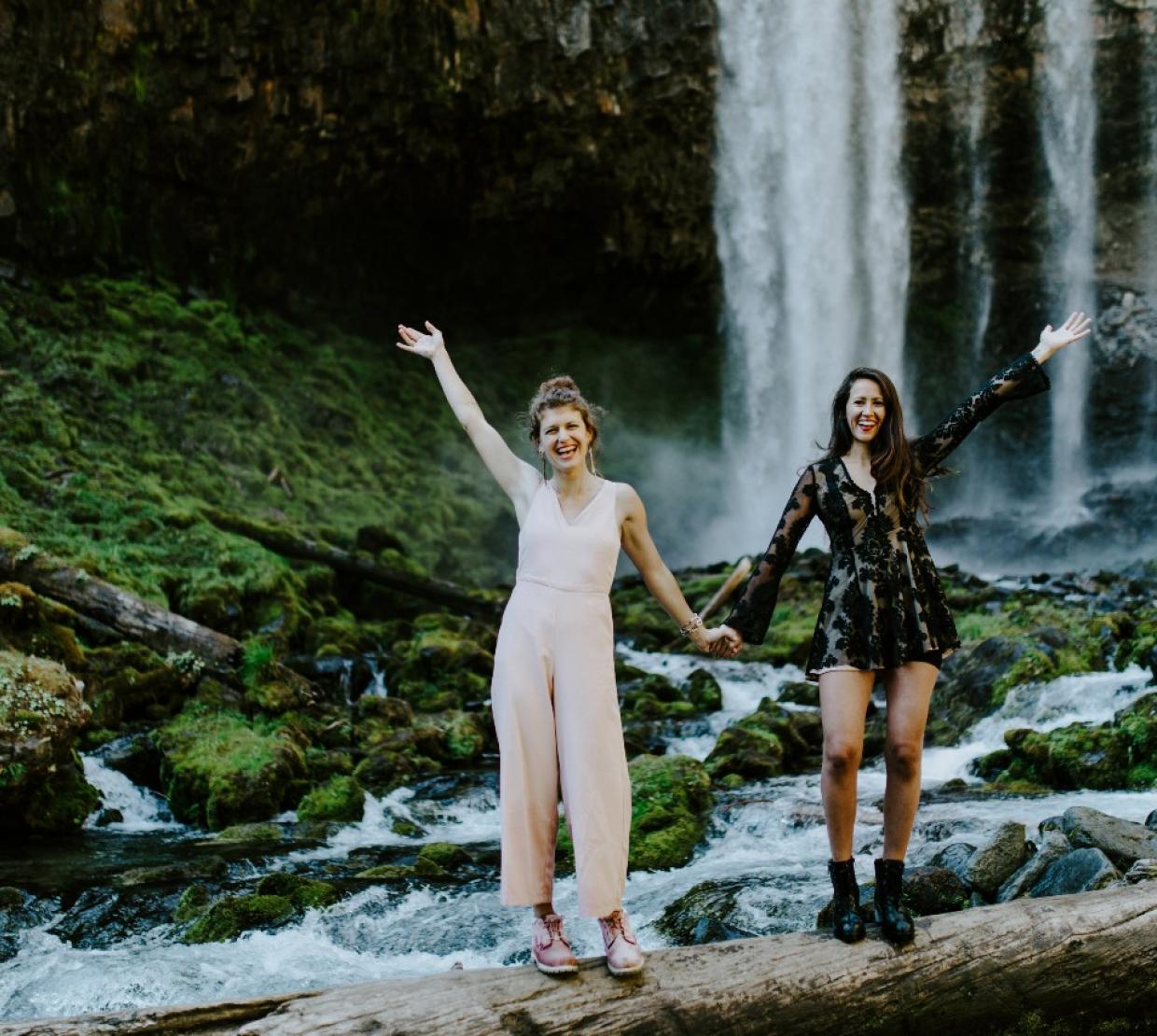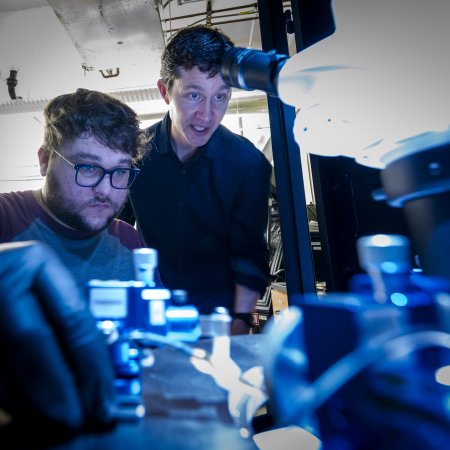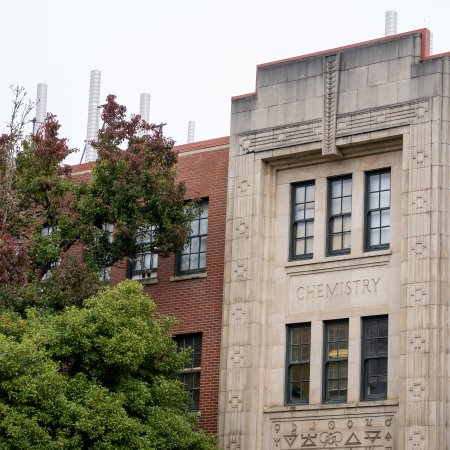Heather Masson-Forsythe, a fifth-year graduate student in the Oregon State University College of Science, is a winner in the 13th annual Dance Your Ph.D. contest organized by Science Magazine.
Masson-Forsythe, part of Elisar Barbar’s lab group in the Department of Biochemistry and Biophysics, earned $500 for placing first in the newly created COVID-19 category of the competition sponsored by Primer, a San Francisco-based machine intelligence company.
“I’m not from an academic family at all, so I’m very familiar with not being able to explain what I do just with words,” Masson-Forsythe said. “But lots of people in my family are artists, and art is one of the most valuable ways to communicate.”
The contest triumph builds on her TikTok videos (@heycurlytop), in which she uses trending dances and trending songs to communicate her science. Those videos have made her “mildly famous,” she said, garnering her a following of more than 40,000 people on the app.
Masson-Forsythe’s thesis research centers around the nucleocapsid protein of SARS-CoV-2, the coronavirus responsible for 300,000 deaths in the United States as of the December completion of her 300-second dance video for the contest. The length of the video was intentional, and the U.S. death toll now exceeds 513,000.
“I was a dancer in high school and have always sort of been following dance and dance-related things,” she said. “Once I started my Ph.D., I knew I’d do the contest but wanted to wait till I was further along in my program. This year seemed like the right time.”
“I think the arts in general are really, really valuable on their own but also to communicate science, and as someone who really loves dance, I think it’s one of the best ways to communicate"
The contest format is simple: Entrants make a dance video interpreting their doctoral research, post it to YouTube and send the link to Science, the flagship journal of the American Association for the Advancement of Science, for judging in one of five categories (physics, chemistry, biology and social sciences are the others).
But producing a winning entry such as Masson-Forsythe’s is complex and time consuming.
Over several weeks, Masson-Forsythe and her wife and videographer, Margaux Masson-Forsythe, visited different locations for shooting – the beach at Waldport, OSU’s Linus Pauling Science Center, the forest near Marys Peak, and downtown Corvallis – and then spent several more weeks editing.
“From the start I knew I wanted to do multiple styles of dance,” said Masson-Forsythe, who expects to graduate in fall 2021. “And I wanted to structure the video in sections like we would a scientific paper.”
However, unlike a typical scientific paper, she wanted her communication to be easily digestible.
“Scientific articles are so inaccessible to the public, they have so much jargon, and you have to know so much just to comprehend them,” she said. “I think the arts in general are really, really valuable on their own but also to communicate science, and as someone who really loves dance, I think it’s one of the best ways to communicate – it gives variability when you can use your whole body and expressions and costumes, etc.”





